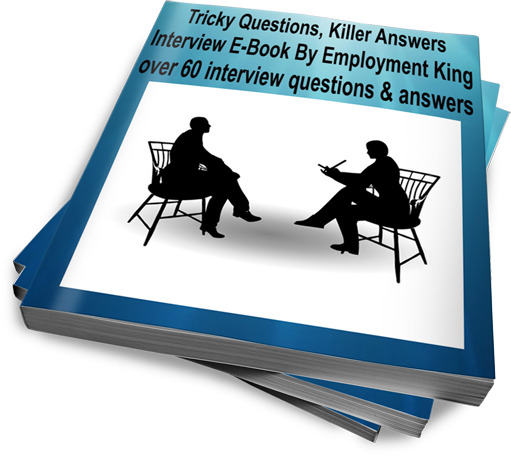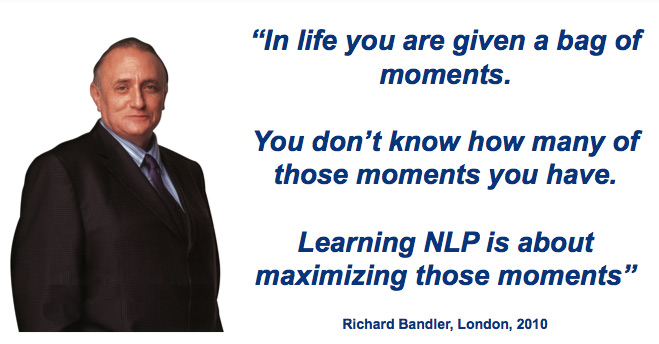NLP Embedded Commands – how to use in a Job Interview
NLP embedded commands are used by hypnotherapists to make a phobic no longer afraid of a spider. NLP embedded commands are used by master influencers to con unsuspecting public. NLP embedded commands are used by mentalists, such as Darren Brown to get you to do whatever they want.
As you can see the power behind NLP embedded commands is sot string that you can take command of any situation. These skills are highly transferable to the job interview. The goal of the interviewee is to create desire; you want the employer to want you.
This article will teach you what an NLP embedded command is, how to set up an embedded command and how to use NLP embedded commands in your job interview answer.
Set Up Your Own Coaching Business
Need Help to Pass Your Next Job Interview?

You can book an ONLINE Interview Coaching Session and/or a Mock Interview with an interview coach by e-mailing employmentking@gmail.com all you need is a webcam.
- Learn The 3 Step Process for Killer Interview Answers
- Double Your Interview Confidence with Specialised Techniques
- Mock Interview – Get Really Feedback on Your Interview Skills
NLP Embedded Commands Broken Down
An embedded command is a Neuro-Linguistic Programming (NLP) and Hypnosis technique for “planting” a thought (state, process, or experience) within the mind of another person without the person’s conscious awareness.
The embedded command is broken into three sections;
The set-up
First, you need to set up the embedded command (this set up hides the command in the structure of a sentence (or interview answer).
- “When you..”
- “You can…”
- “The more you…”
- “You want to..”
- “If you were to…”
The Command
Second, you need to add the “Command” (this gets the interviewer to do X without them knowing why they are doing X) .
- “Feel….”
- “Think about…”
- “Imagine…”
- “Notice…”
- “Remember..”
State, process or experience
Thirdly finish the embedded command with a State, Process or Experience:
- “A change of mind”
- “Excitement”
- “That I am right”
- “You agree”
- “Joy”
Embedding the Embedded Command in a Job Interview Answer
When using the embedded command in a job interview you only need to focus on 2 key things.
First think about the desired outcome – what process, state or experience do you want to employer/interviewer to feel?
Second when you state the “Command” and “SPE” raise your voice, or slightly change your tone, or leave a short pause before and after the command. This allows the subconscious to process the command without conscious awareness.
FREE With Every Purchase of The 73 Rules for Influencing the Interview
Common asked Interview questions and example embedded command answers
Example common interview questions:
- tell me about yourself
- what are your strengths
- what are your weaknesses
To answer these commonly asked job interview questions, start your answer before using the embedded command.
Tell me about yourself
I have over 20 years of experience in this sector. My key strengths include X, Y and Z (add your own strengths here) as you will notice I am highly passionate about this role and it is this passion along with my experience that has made me highly successful. My key achievements include (add your key achievement) Overall I have a range of skills and experiences that will be highly useful to you and your organisation and when you need me to step up and take on any extra task, you will know I am reliable and flexible.
What are your strengths?
My previous manager often said that I was highly motivated with everything I did. But for me, that is just having a good work ethic. I consider a strength something that others don’t possess. If I had to pick one of my key strengths (this presupposes that you have more than one key strength) I would choose my ability to turn around projects on the blink of failing into a success. You will agree with me that this is no easy feat. The way I approach this task is by analyzing the project brief, the successes and what hasn’t worked. This overview tells me what I first need to concentrate on. If you feel that I would fit in with your team, this is a skill we could collaborate on together, sharing the same successes I have had with previous organisations.
What are your weaknesses?
Everyone has weaknesses. If you offer me the job you will know that I am the type of person who will work hard to overcome any weaknesses that I recognise. In fact, I often search for any areas of development as I see this as the perfect opportunity to develop my skills and knowledge. In my last company, I had never used their database before, so I spent time reading the manuals, being trained through other members of staff and practicing. In quick succession, due to having strong ICT skills, I become skilled in this and was asked to teach other new recruits.



